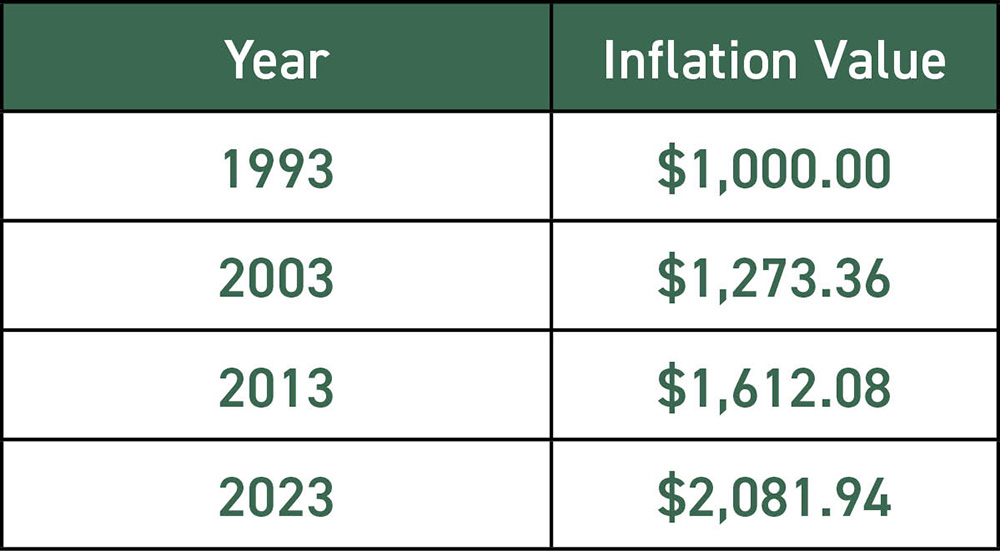
These documents will give your family guidance and comfort when they need it most.
POWERS
An advance directive or healthcare power of attorney is a legal document that provides loved ones and medical professionals a road map for your health care preferences should you ever be unable to make those decisions yourself. Appoint someone you trust to follow your wishes and give a copy to your hospital records department.
Similarly, a financial power of attorney gives someone you choose the authority to handle your finances when you are not able to do so yourself. Appoint a capable and responsible individual you trust and share your wishes with that person.
TRUST
A trust spares your heirs from the inconvenience and cost of probate. Instead, it allows for the rapid and private transfer of assets to your heirs.
WILL
A will is subject to probate, (reviewed by the court), which is public, and costs money and time. Consider attaching a list itemizing who is to receive any personal items not contained in your trust.






